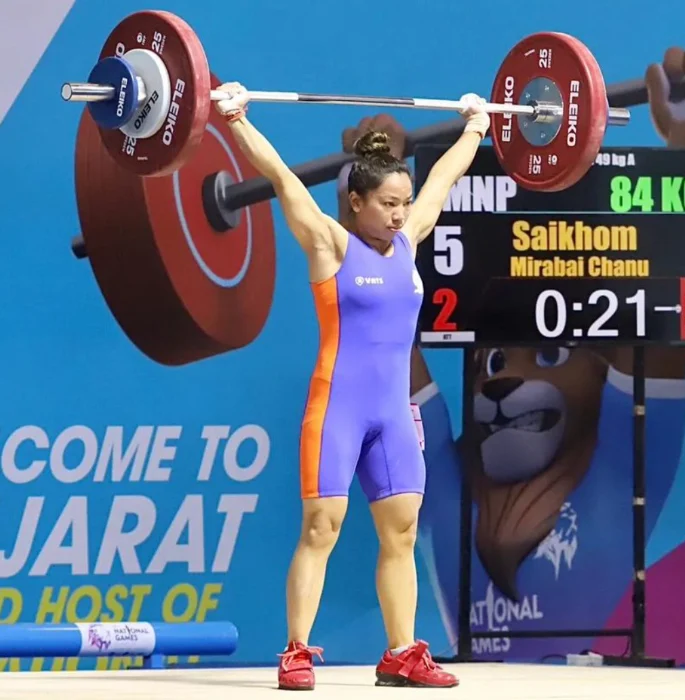
pasecrets.com – In the world of strength sports, a significant shift has been underway, reshaping the landscape of weightlifting. Once a domain dominated by men, the sport has seen a remarkable surge in female participation, with women breaking barriers, shattering stereotypes, and lifting their way to the forefront of the weightlifting scene. This transformation is not just about the physical strength of women; it’s a testament to their resilience, determination, and the growing recognition of their capabilities. The rise of “Lady Lifters” is a story of empowerment, equality, and the pursuit of excellence.
The Evolution of Women’s Weightlifting:
The journey of women in weightlifting is a narrative of gradual acceptance and eventual triumph. The sport was initially perceived as too strenuous for women, a misconception that has been thoroughly debunked over the years. The inclusion of women’s weightlifting in the Olympics in 2000 was a pivotal moment, signaling a shift in global attitudes and marking the beginning of a new era for female athletes. Since then, the number of women participating in weightlifting at all levels has skyrocketed, from local gyms to international competitions.
Breaking Barriers:
Women weightlifters have been at the forefront of challenging societal norms and gender stereotypes. They have demonstrated that strength and femininity are not mutually exclusive, and that women can excel in sports traditionally viewed as masculine. Athletes like Sarah Robles, a three-time Olympian from the United States, and China’s Deng Wei, a two-time Olympic medalist, have become icons, inspiring a new generation of young women to take up the sport. Their achievements have not only redefined the limits of female strength but have also paved the way for greater acceptance and recognition of women in weightlifting.
The Community and Support System:
The growth of women in weightlifting is also a story of community and support. Social media has played a crucial role in connecting female lifters worldwide, creating a network of encouragement and sharing. Online platforms and fitness communities have become spaces where women can celebrate their achievements, seek advice, and find motivation. Additionally, the establishment of women-only weightlifting competitions and training sessions has provided a more comfortable and supportive environment for female athletes to thrive.
Challenges and Opportunities:
Despite the progress, women in weightlifting still face challenges, including gender bias, limited sponsorship opportunities, and unequal media coverage compared to their male counterparts. However, these obstacles have not deterred the determination of female lifters. Instead, they have become a driving force for change, pushing for greater equality and visibility within the sport. The increasing success and visibility of women in weightlifting are opening doors to more opportunities, including coaching, mentorship, and advocacy roles, further solidifying their place in the sport.
Conclusion:
The rise of Lady Lifters is a powerful narrative of empowerment and change. It reflects a broader cultural shift towards gender equality in sports and society. As more women take up the barbell, they are not only lifting weights but also lifting the ceiling on what is expected of them. The growth of women in weightlifting is a testament to their strength, both physically and metaphorically, and their ability to reshape the world of strength sports. As the community continues to evolve, the future looks bright for female lifters, promising a stronger, more inclusive, and empowered generation of athletes.



